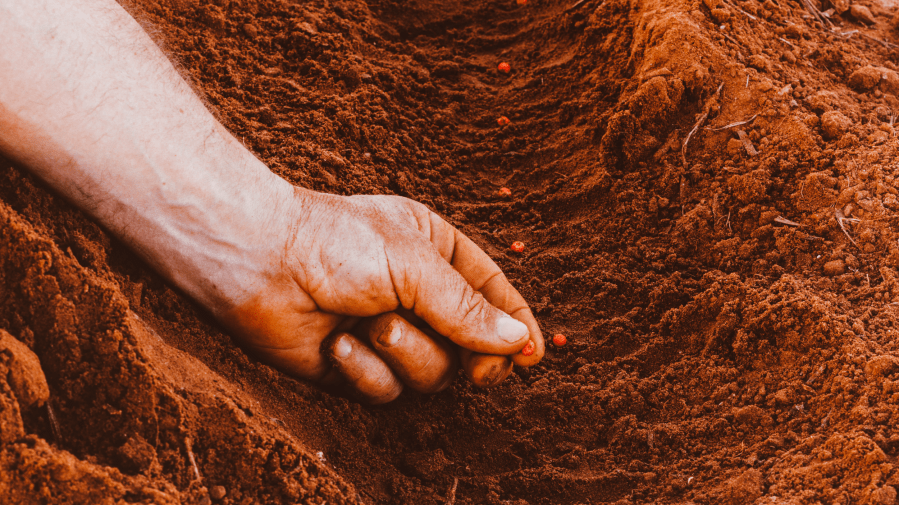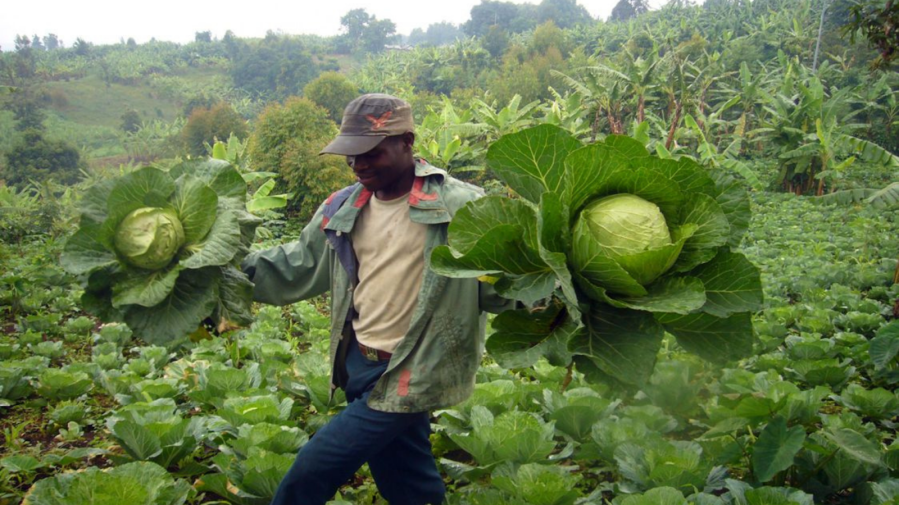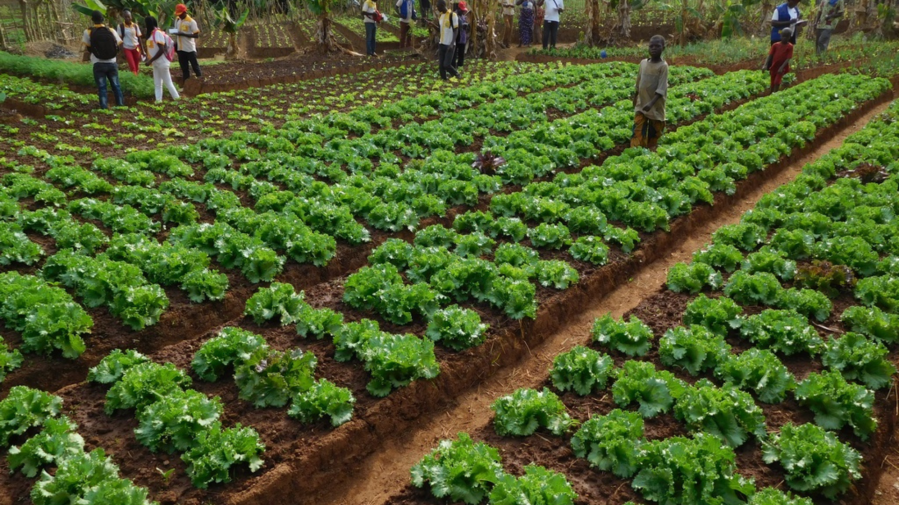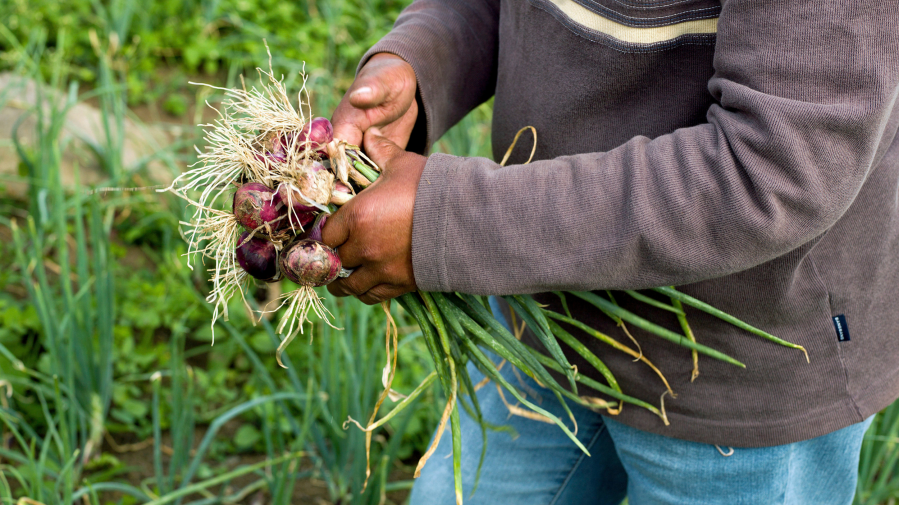When It Comes to Smallholder Farms — Seed Quality Matters

Crops grown from seeds provide us with most of the products we use in our daily lives, whether that’s food, fuel, clothing or important nutrients. And with the population set to increase to 9.7 billion by the year 2050, we can use all the help we can get.
A good crop starts with quality seeds. Studies show that increasing the quality of seeds used on a farm can offer higher yields and make crops more resistant to drought, diseases and pests. What’s more, strengthening access to quality seeds in developing countries can also improve nutrition, enable land restoration, help tackle climate change, reduce poverty and hunger, and increase economic resilience in smallholder farms. In 2021, smallholder farms produced a majority of the world’s crops, with 81% of global crops produced on farms less than 199 hectares.

Strengthening the Agricultural Business Helps Everyone
In 1970, a scientist named Norman Borlaug won the Nobel Peace Prize. He’d spent 16 years developing solutions to wheat production issues in Mexico, eventually developing revolutionary new varieties of wheat with disease resistance and adaptations to various growing conditions. This led to higher yields in Mexico and helped prevent widespread hunger and famine not just in Mexico, but other vulnerable parts of the world like Pakistan and India as well. Dr. Borlaug is credited with saving more lives from starvation than any other person in history.
Most of the world’s farms are small and family-run, and family farms operate about 75% of the world’s agricultural lands. Of the estimated 570 million farms in the world, about 74% are located in Asia, 24% are in India and 9% are found in Sub-Saharan Africa. Of the 2.37 billion people who face moderate or severe food insecurity, over half are located in Asia and one-third in Africa.
Ensuring that farmers, regardless of their economic status or location, have broad access to quality seeds and plant-breeding innovations often comes down to local governments. In parts of the world where knowledge is more difficult to spread, there can be gaps in the flow of information and limited awareness of which new varieties of seeds are best suited for specific environments. Over time, these improved crop varieties that are well-adapted to ecological stressors and nutrient dense can help combat hunger and malnutrition, while also providing economic benefits to the growers themselves.

Quality Seed Matters
What makes a seed “high quality”? It’s really all based on efficient crop production. There are physical traits of course, such as uniformity in size and weight, that growers look for — but quality seeds must also be free from diseases and impurities. In the United States, the U.S. Department of Agriculture requires all commercially sold seeds to be tested to meet minimum germination standards, but individual states also have their own seed laws to set local standards. There are also factors like varietal purity, which indicates whether the seed is actually the variety it is supposed to be through DNA fingerprinting — though these types of specialized testing have yet to be mainstreamed in developing countries.
That said, seed quality encompasses more than just germination standards; rather, it involves several other dimensions that can vary depending on crop and region. While these tests are meant to predict the probability of a seed producing a normal plant, they are almost always tested under “favorable conditions” and don’t always indicate how the seed may perform under more challenging field conditions. The International Seed Testing Association, which consists of a diverse collaboration of seed scientists and analysts from 83 distinct countries and economies, works to produce a worldwide standardization and internationally agreed-upon rules for sampling and testing seeds. The program also accredits laboratories, promotes seed research, provides analysis certificates, provides training, and disseminates knowledge in seed science and technology.
Seed quality is also influenced by genetic characteristics. Using a combination of traditional plant breeding methods and the latest seed technologies, we can develop crops that are resistant to insects or diseases. Smallholder farms often bear the brunt of pest outbreaks — in just a day, a square-kilometer-sized swarm of locusts can destroy enough food to feed 35,000 people, and an onset of invasive fall armyworm insects can cost 12 countries in Africa $6.1 billion each year.
Climate-resilient seeds could also help in the fight against climate change, which affects crop production and threatens food security in most parts of the world. Providing farmers with improved seeds that are high-yielding and more tolerant to drought and heat could allow them to become more productive growers. In Malawi and Tanzania, for example, studies estimating the cost of climate change to smallholder farms show that adopting climate-resilient seeds could save between $984 million and $2.1 billion during 2020-2050.
In the future, plant scientists could even be able to enhance the nutritional value and stress tolerance of a crop, or grow plants that are more efficient in converting to biofuels. Some of these traditional breeding methods have been around for over 10,000 years, when people first domesticated crops from the natural biodiversity that surrounded them — selecting better plants for propagation and desirable traits to shorten growing seasons, produce larger seeds or fruits, and adapt to diverse ecological conditions.

Sustainable Seed Systems for All
Although seed policy rules and reforms have been regulated since the 1980s, far too few farmers (especially those in developing countries) have access to the improved, quality seeds that can offer higher crop yields and resistance to drought. One study found that in 9,660 observations covering 40 crops across six countries in Africa, farmers accessed 90.2% of their seeds from informal systems, including their own personal stocks, social networks and informal markets. This is opposed to obtaining seeds from the formal sector, meaning private companies and agro-dealer networks. Informal markets (which made up over half of the seeds obtained from informal systems in the study) have less rigid quality checks, which puts farmers at higher risk for crop diseases and other issues.
In response, over 200 organizations in the seed sector signed a declaration in 2021 committing them to supporting the UN’s Sustainable Development Goals and calling for collaboration between the public and private sectors to achieve more sustainable food systems and greater access to seed information in remote and developing countries. The declaration also welcomed the 2021 UN Food Systems Summit, which helped bring national seed associations, enterprises, cooperatives and multinational companies together to explore solutions and build a common ground.
Organizations like Seed Programs International (SPI) work to secure high-quality seeds and ensure that they’re accessed by those who need them most. By fostering relationships with leaders in the seed industry, SPI secures donated seeds that would otherwise be destroyed and consults with plant science experts to match specific seeds to destinations that will yield a wider variety of crops. SPI also provides seeds for post-disaster gardening in places like Haiti after the hurricane of 2016, and countries like Guatemala, where traditional gardening practices can be lost in response to generational violence and displacement.






